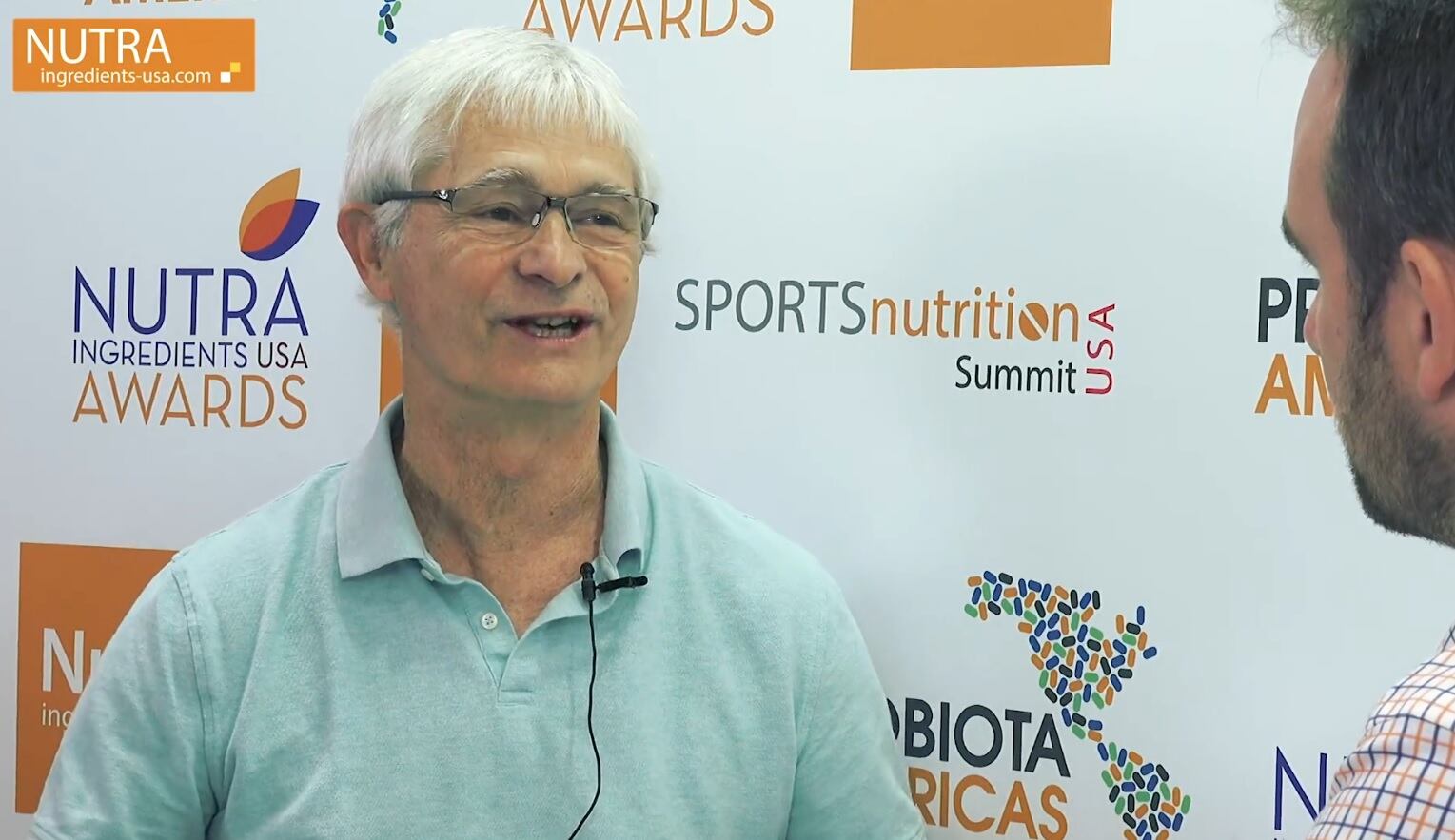Using human neonatal dermal fibroblast cells, scientists from Blue California (USA), Life Length (Spain), and Conagen (USA) observed that, over an eight-week period, the median telomere length was significantly longer than control for all four tested concentrations (0.04 to 1.0 mg/ml) of ergothioneine under oxidative conditions.
The scientists, led by Dr. Priscilla Samuel, Blue California’s Chief Science Officer, also observed that ergothioneine was associated with a significant reduction in the percent of short telomeres.
“While our data on ergothioneine are promising, they are limited by the in vitro nature of the experiments,” wrote the authors. “Future studies should examine whether these effects also occur in vivo.”
Dr Samuel and her co-workers noted that the concentrations of ergothioneine used in their study are within ranges that have been observed physiologically.
“Thus, in our study, ergothioneine at physiological concentrations demonstrated beneficial effects by decreasing the rate of telomere shortening and preserving telomere length under oxidative stress conditions.
“Overall, our data support a potential role for ergothioneine as part of a healthy diet in mitigating the negative effects of oxidative stress, such as telomere shortening, and supporting healthy aging.”
Telomeres
The aging and lifespan of normal, healthy cells are linked to the so-called telomerase shortening mechanism, which limits cells to a fixed number of divisions. During cell replication, the telomeres, which are protective structures at the end of DNA strands, function by ensuring the cell's chromosomes do not fuse with each other or rearrange, which can lead to cancer.
Elizabeth Blackburn, a telomere pioneer at the University of California San Francisco, likened telomeres to the ends of shoelaces, without which the lace would unravel.
With each replication the telomeres shorten, and when the telomeres are totally consumed, the cells are destroyed (apoptosis). Previous studies have also reported that telomeres are highly susceptible to oxidative stress and inflammation. Some experts have noted that telomere length may be a marker of biological aging.
Consumption of antioxidants and anti-inflammatory bioactives have previously been linked with longer telomere length.
An antioxidant with its own specific transporter
Ergothioneine is a sulfur containing amino acid that functions as an antioxidant. Mushrooms are a primary source of ergothioneine in nature.
The science of L-ergothioneine has been developing over the last 15 years. A 2005 paper by Gründemann et al. published in PNAS (Vol. 102, pp. 5256-5261, doi: 10.1073/pnas.0408624102) reported the existence of a specific transporter for ergothioneine, where cells accumulate the amino acid and “avidly retain it”.
“In the human body, the ability to absorb, distribute, and retain [ergothioneine] depends entirely on this specific transporter,” wrote Gründemann in a 2012 review (Preventive Medicine, Vol 54, pp. S71-S74). “Its existence implies a beneficial role for [ergothioneine] and its blockade or inactivation in animal models may be essential to at last understand the function of [ergothioneine].”
A 2010 paper by Solomon Snyder, MD, Professor of Neuroscience at Johns Hopkins University School of Medicine, describes the amino acid as a possible vitamin: “Evidence that [ergothioneine] is a physiologic antioxidant raises the question of its ‘status’ in biology. Despite its high concentration and ubiquitous presence, all mammalian ET derives from dietary sources. The existence of [ergothioneine transporter] establishes [ergothioneine] as an important normal body constituent. In this sense, [ergothioneine] probably fits the definition of a vitamin.
“Classic criteria require that depletion of a putative vitamin elicit pathological consequences. No pathological syndrome of [ergothioneine] deficiency has been reported. However, lack of such reports may simply reflect the relative dearth of [ergothioneine] research as well as the difficulty of depleting [ergothioneine].” [Cell Death and Differentiation (2010) Vol. 17, pp. 1134-1140; doi:10.1038/cdd.2009.163]
According to a 2012 review by scientists at the National University of Singapore in Biochimica et Biophysica Acta (BBA) - Molecular Basis of Disease (Vol. 1822, pp. 784-793): “Whilst the true physiological role of [ergothioneine] has yet to be fully elucidated, [ergothioneine] has been shown to possess numerous antioxidant and cytoprotective effects in vitro and a few in vivo, including free radical scavenger activity, radioprotective properties, anti-inflammatory actions and protection against UV radiation, or neuronal injury. The molecular mechanisms underlying these cytoprotective actions still remain largely undetermined.”
ErgoActive
The study used Blue California’s ErgoActive ergothioneine ingredient, which is produced by a proprietary fermentation process. The California-based company funded the study.
“Our results suggest that ergothioneine as part of a healthy diet could potentially mitigate the negative effects of oxidative stress and support healthy aging by helping to preserve telomere length and reduce the rate of shortening,” said Dr Samuel.
Source: Journal of Dietary Supplements
Published online ahead of print, doi: 10.1080/19390211.2020.1854919
“Ergothioneine Mitigates Telomere Shortening under Oxidative Stress Conditions”
Authors: P. Samuel, et al.




